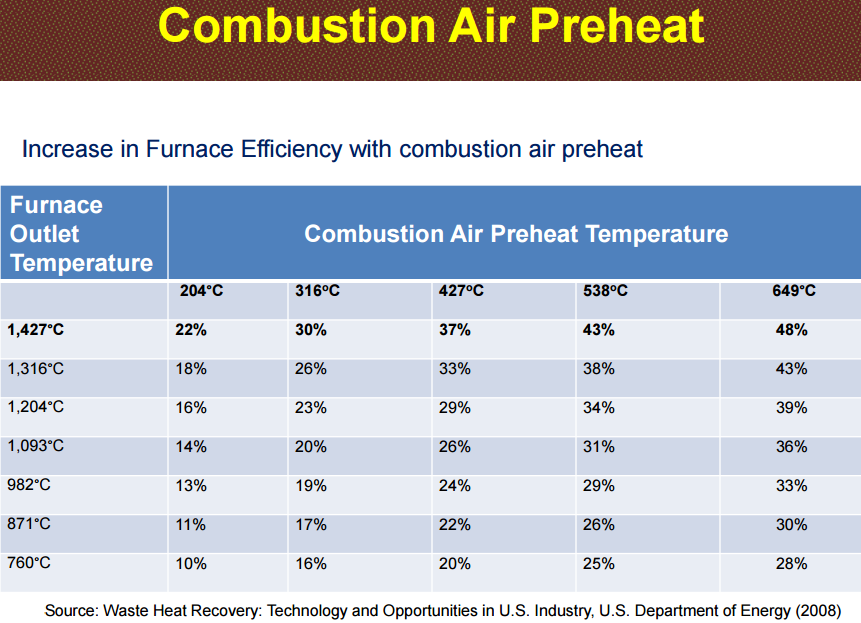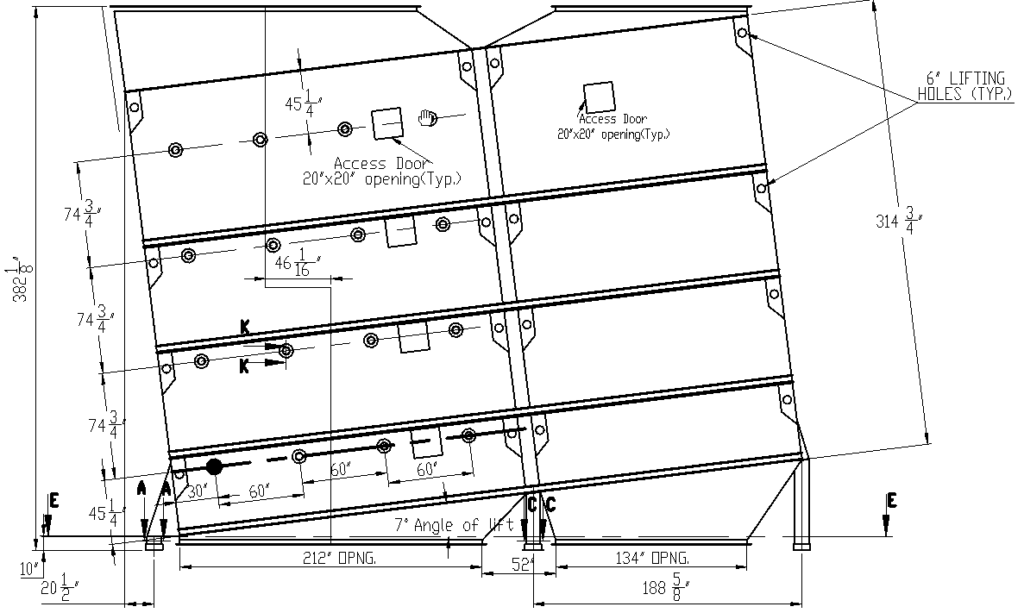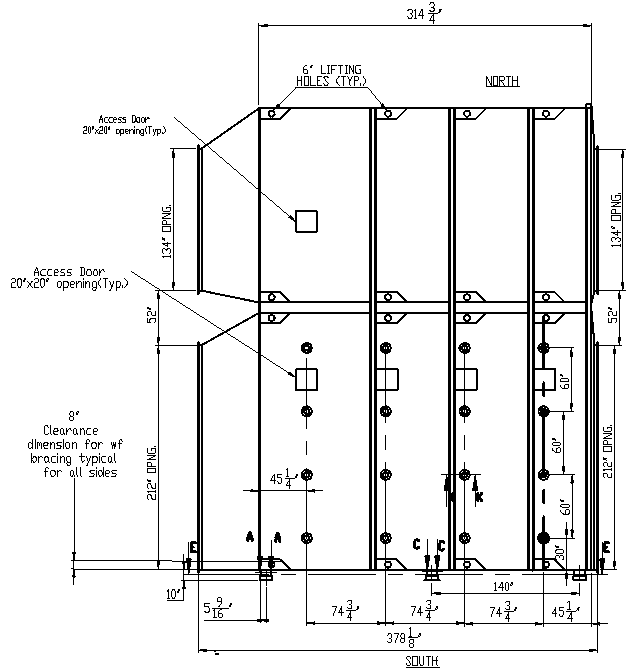AMSEnergy offers industrial and utility MW Heat Pipe Heat Exchanger air preheaters
If your application calls for the replacement of or the addition of new air preheaters in the MW size, our Heat Pipe Heat Pipe exchangers will have many additional benefits over the traditional rotary style air preheaters such as the Ljungström® rotary type air heater units.
Because our gas-to-air Heat Pipe Heat Exchangers are completely scalable in size, they are a very efficient solution for preheating combustion air to your large heating processes such as power generating boilers, turbines, gasifiers, etc. They will continue to offer the same exceptional benefits and advantages of our smaller units; e.g. lower pressure drops, no cross contamination, completely passive in operation, very high transfer rates and generally, a smaller footprint.
For those companies that already have experience with “traditional” rotary air preheaters or for those whose companies are contemplating rotary air preheaters, our Heat Pipe Air Preheaters offer these additional benefits with most of them centered around important economic and reliability issues of continuous maintenance and operational costs:
Maintenance:
• There are no special air seals which require constant replacement
• Associated potential for air heater leakage, typical of conventional air heaters, is eliminated
• There are no buckets or vanes to replace due to corrosion because of ash or chemical carryover between the primary and secondary sides*
• Since there are no seals or bearings to contend with, there is no replacement requirement
Operational Costs:
• Heat Pipe Air Preheaters do not suffer from cross contamination between energy streams meaning continuously clean hot pre-combustion air
• Our machines do not require auxiliary power needs due to parasitic loads as there is no need for a rotating high HP drive motor(s)
• Reduced air heater leakage to near zero levels, improving the boiler heat rate by greatly reducing the ID and forced fan power requirements for the system
• Heat pipes are near perfect isothermal meaning no low temperature corrosion
• Due to the high efficiency of these units, the temperature of the combustion air can be increased, increasing the efficiency of the plant.
• Cleaning: There are alternative measures available other than air compressors and soot blowers; e.g. ultrasonic
• Rotary air preheaters have had numerous reports of fires due to chemical carryover and mixing with oxygen, etc.
• Start-up time is significantly reduced as the HPHX does not have to spend time to “come up to temperature”
Heat Pipe Air Preheaters can be designed for horizontal or vertical integration. Thermosyphon heat pipes, by definition, must have the evaporation end lower than the condensing end. However, thermosyphons are only required to be ≥5° angle over the horizontal which allows for approaching/exit energy streams from either direction.
*Conventional regenerative (e.g. Ljungström®) air heaters experience significant difficulties because of their rotating nature and the resulting high temperature differential between the metal elements and the flue gas. As the air heater components rotate between hot flue gas and cold combustion air, the metal baskets are heated and cooled. The metal that is cooled in the combustion air is instantaneously subjected to hot fly ash and sulfur oxides (“SOx”) on the flue gas side. This causes the SOx to condense and corrode the baskets and seals, while the fly ash thickens into a volcanic rock like mass and fouls the air heater passages. Conventional recuperative tube air heaters are designed with the flue gas flowing through the tubes, in a crossflow arrangement. The crossflow arrangement results in poor gas distribution and a high temperature differential between the flue gas and the combustion air at the air inlet and the gas outlet areas. Because the distribution is poor and the difference in temperature is high, acids in the flue gas condense and tube corrosion occurs. Heat pipe air heaters do not suffer from either high temperature differentials or poor gas distribution.



